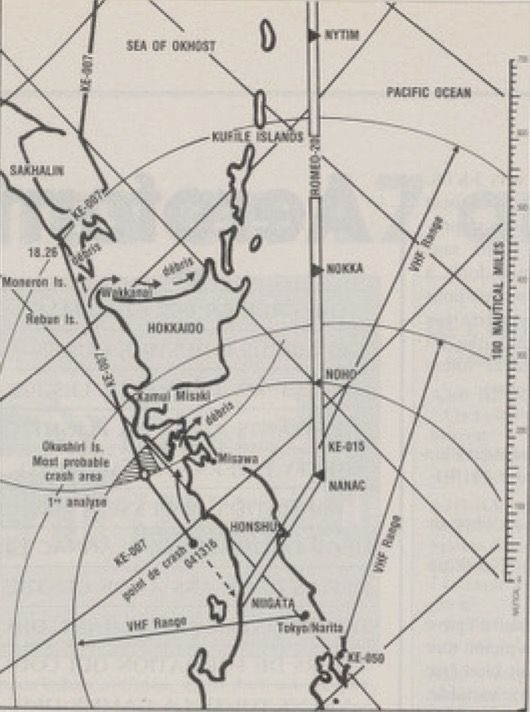Using Opendrift source code and data of wave, wind and current data from 1983 downloaded from https://cds.climate.copernicus.eu/datasets/reanalysis-era5-single-levels?tab=overview (10m wind and waves) and https://cds.climate.copernicus.eu/datasets/reanalysis-oras5?tab=overview (currents 0.5m) the debris drift can be modelled for the first few days.
Experimentally, by using real debris and a simple pool experiment (below) an L value of 0.07 was obtained. In other words, for a 10 knot wind the debris would move at 10 * 0.07 or 0.7knots from wind. This was remarkably steady over a range of different wind velocities. For the time in question, the first 2 days had little wind, then strong SW wind (i.e. blowing in NE direction) for the next 3 days, then a calm day followed by strong NE winds (blowing in SW direction)
The effect of waves on the debris is accounted for using Stokes in the modelling. Currents typically travelling in a NE direction.
The first simulation was run using the official crash location. It speaks for itself that this cannot be the real crash location as the debris remains relatively in the same area or mostly ends up on Sakhalin shores. There were at least 80 ships and numerous aircraft in this area over the first few weeks and none of them found any debris for at least 8 days.
Running the model over many potential starting locations reveals only a single location that can both get debris through the Tsugaru Strait and get close to Chasu beach by the 6th Sept as well as debris to arrive on beaches south of Akita. Moving the start location just 0.1 deg in any direction either make the debris not travel south or not through the Tsugaru strait quickly enough. Whilst this model is fairly basic and doesn’t account for eddies etc it does show a possible crash location.
Interestingly, the modelling shows that it is simply impossible for debris to arrive north of Hokkaido at any time. This is due to strong NE wind (i.e. wind blowing towards the SW) after Sept 6th. This strongly suggests the debris found in Sakhalin and Northern Hokkaido was purposely moved.
It is interesting to note that this is almost exactly the same location as Michel Brun determined independently from time analysis of KAL007’s last radio call’s. He published a map below showing crash location 115NM north of Niigata at 04:13:15 local time.

